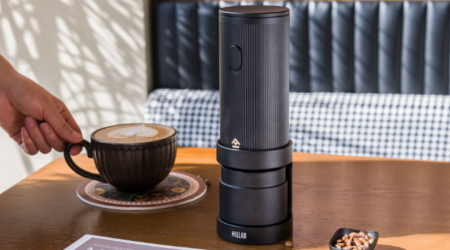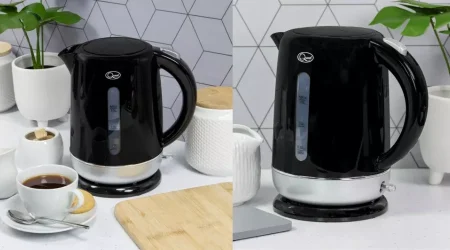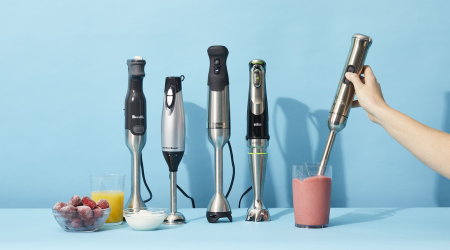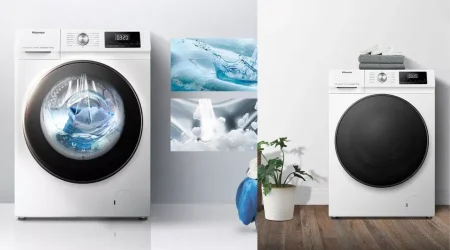
Choosing the right electrical appliances for your home can be a daunting task. With so many different types, sizes, and features available, it can be difficult to decide which ones are best for you. To help you make the right choice, here are some tips to consider when selecting the right electrical appliances for your home. From energy efficiency to the right size, these tips will help you pick the best appliance for your needs. With the right electrical appliances, you can save money on your energy bill, have a more efficient home, and enjoy the convenience of modern technology. So let’s get started on finding the perfect appliance for your home.
Understanding your needs
Before you start shopping for electrical appliances, you’ll need to understand your needs to get started. There are many different appliances to choose from, each with its own unique features and benefits. So it’s important to know what you’re looking for to make sure you end up with the right appliance for your home. Take some time to figure out what you need, what you want, and the features you’re most interested in. This will make it easier to narrow down your choices and find the appliances that are right for you. Here are a few questions you’ll want to ask yourself before you start shopping. What are the main functions you need your appliances to perform? What appliances do you currently have in your home? What appliances are missing from your home and why? What appliance sizes do you need in your home? What types of electrical appliances are available? What benefits do you get from each one? Which appliances are energy efficient? Which appliances are best for your budget?
Researching the different types of appliances
Before you start shopping for electrical appliances, you’ll want to learn more about the different types available. This will give you a better idea of what’s out there and what each appliance does. Knowing more about the appliances you’re considering will make it easier to find the right one for your home. Here are some of the most common types of electrical appliances. Blenders – These appliances are great for making smoothies, juices, and shakes. They can also be used to chop and blend ingredients for cooking. Blenders are available in a variety of sizes, ranging from small personal blenders to large commercial blenders. Coffee Makers – These appliances can be used to make coffee and other hot beverages. There are different types of coffee makers, including percolators, drip, and espresso. Crock Pot – Crock pots are great for slow cooking, making stew, and other meals that take hours to cook. They’re perfect for busy families that don’t have time to cook every night. Dishwashers – Whether you prefer a countertop or a built-in dishwasher, these appliances can make cleaning dishes much easier. Microwave Ovens – Microwave ovens are great for heating up leftovers and other quick snacks. They are also great for cooking certain foods, like popcorn. Ice Cream Makers – Ice cream makers are great for whipping up some homemade ice cream in a matter of minutes. Juicers – These appliances can be used to make fresh and healthy juices for you and your family. Slow Cookers – These appliances are great for making stews, soups, and other slow-cooked meals. They’re perfect for a busy lifestyle, as you can set it and forget it. Stand Mixers – These appliances are perfect for mixing and kneading bread dough. They can also be used for mixing cakes, cookies, and other baked goods. Toaster Ovens – These appliances can be used to toast bread and bake or broil certain foods, like pizza. They are smaller and less expensive than regular ovens. Waffle Irons – Waffle irons are great for making fresh, delicious waffles in a matter of minutes. They are available in a variety of shapes, sizes, and styles.
Evaluating energy efficiency
When shopping for electrical appliances, it’s important to consider their energy efficiency. Not only will these appliances save you money on your energy bill each month, but they can also help reduce the amount of CO2 being released into the environment. Many electrical appliances are Energy Star certified. This means they meet strict energy efficiency guidelines set by the government. With so many appliances to choose from, it can be difficult to know which ones are the most energy efficient. Fortunately, most major appliance companies will list their energy efficiency on their website. This makes it easier to compare appliances and find the most energy-efficient ones. There are a few things to keep in mind when evaluating energy efficiency. First, the energy efficiency rating is based on a 10-year average. This means it’s an estimate of how much energy the appliance will use over the course of 10 years. Second, the efficiency rating is measured in kilowatt-hours. This is the amount of electricity it will use per hour. And finally, you’ll want to look at both the minimum and maximum efficiency ratings. This will give you a better idea of how efficient the appliance is. Different efficiency ratings – such as A++, A+, A, B, C, or D – are used to measure the energy efficiency of appliances. A higher rating means the appliance is more energy efficient, while a lower rating means it is less efficient.
Looking for the right size
While most appliance companies will list the size of each appliance, it’s also important to know how to measure your kitchen so you can choose the right size. This will make it easier to fit your appliances into your kitchen and avoid costly installation fees. Here are a few things to keep in mind when measuring your kitchen. Height – You’ll want to measure from the floor to the bottom of the countertop. This will help you find the right height for your appliances. Length – You’ll want to measure the length of the counters in your kitchen. This will help you find the right length for your appliances, as well as the placement for the electrical outlets. Width – You’ll want to measure the width of the counters in your kitchen. This will help you find the right width for your appliances and make sure they fit comfortably. Depth – You’ll want to measure the depth of the counters in your kitchen. This will help you find the right depth for your appliances and make sure they fit comfortably.
Comparing brands and prices
Once you’ve narrowed down your appliance choices, it’s time to compare brands and prices. While energy efficiency is important, it’s also important to find appliances that fit within your budget. Luckily, there are many ways to save money on appliances, including shopping around for the best prices, comparing warranties, and shopping online. Here are a few tips for comparing appliance prices. Start with your list of potential appliances. Then, do some research to find out what each one costs. Next, figure out which appliances are within your budget. This will make it easier to decide which ones are best for you. Finally, compare warranty information among different brands.
Reading customer reviews
Once you’ve narrowed down your appliance choices and found the best prices, it’s time to do some research on customer reviews. This will give you a better idea of how each appliance performs in real-life situations. Not only will this help you find the best appliances for your home, but it can also help you avoid common mistakes and costly mistakes. Here are a few ways to read customer reviews: Start by searching for the appliances you’re interested in. This will make it easier to find the most popular brands and models. Next, look for reviews from reputable websites, such as Consumer Reports, The Spruce, and The Kitchen. Finally, make notes of any recurring issues. This will help you avoid the problems some customers have run into with certain appliances.
Checking for warranties
Finally, once you’ve found the perfect appliances, it’s time to check for warranties. While not all appliances come with a warranty, it’s a good idea to make sure the ones you’re considering do. This will make it easier to repair any problems with your appliances, as well as replace anything that breaks or is no longer usable. Here are a few things to keep in mind when checking for warranties. Start by checking the manufacturer’s website for each appliance you









